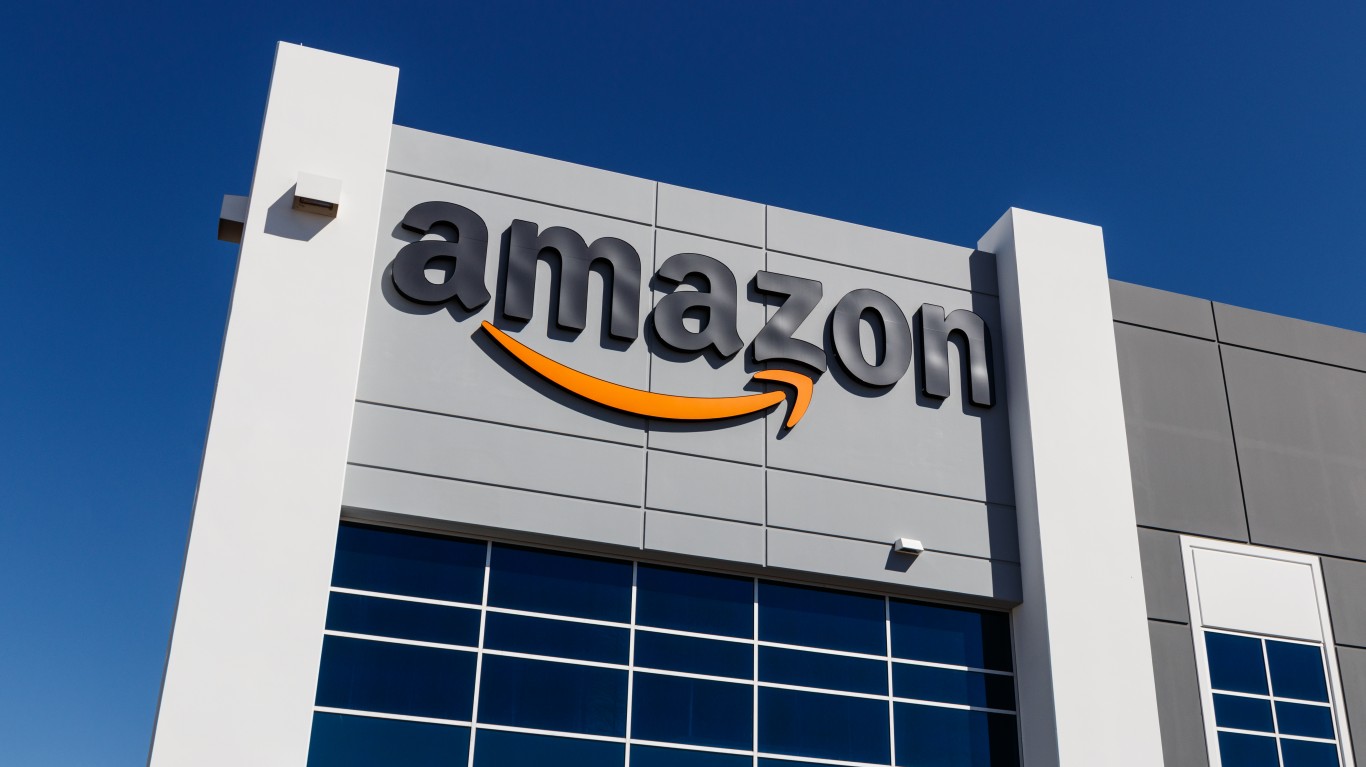
"However, for investors, what matters most now is how the stock performs going forward. Let's crunch the numbers on a 2030 price prediction for Amazon. Of course, no one has a crystal ball. But based on the macroeconomic environment, industry trends, Amazon's growth metrics, and other factors such as price-to-earnings (P/E) ratios, 24/7 Wall St. can make cases for bulls, bears, and a baseline."
"From 2014 to 2024, shares of Amazon surged by more than 1,025%, from $19.94 to $223.75. A considerable amount of that gain came between March 2020-coinciding with the arrival of the COVID-19 pandemic-and last year. From March 13, 2020, through the end of December 2024, the stock climbed from $89.25 per share to $134.50, a gain of 150.70%, as the company became the focal point for sourcing materials during lockdowns."
"Over the past decade, revenue increased from $89 billion to $638 billion, an astounding increase of more than 616%. At the same time, net income (profit) grew from −$0.241 billion to $59.2 billion, which translates to an incredible gain of 24,664.3%. The ride up was not always smooth, though. All those COVID-19 era sales being "pulled forward" led to challenges in 2022, and the company swung to a surprise loss. As Amazon enters the back half of the decade, a few different key area"
Amazon's shares climbed dramatically from 2014 to 2024, rising over 1,025% and surging during the COVID-19 period. Revenue grew from $89 billion to $638 billion and net income expanded from a loss to $59.2 billion, reflecting massive long-term growth. Pandemic-era demand pulled sales forward and created 2022 challenges, including a surprise loss. Future performance to 2030 hinges on macroeconomic conditions, industry trends, Amazon's growth metrics, and valuation measures like price-to-earnings ratios. Analysts can construct bullish, bearish, and baseline 2030 price scenarios based on those factors.
Read at 24/7 Wall St.
Unable to calculate read time
Collection
[
|
...
]